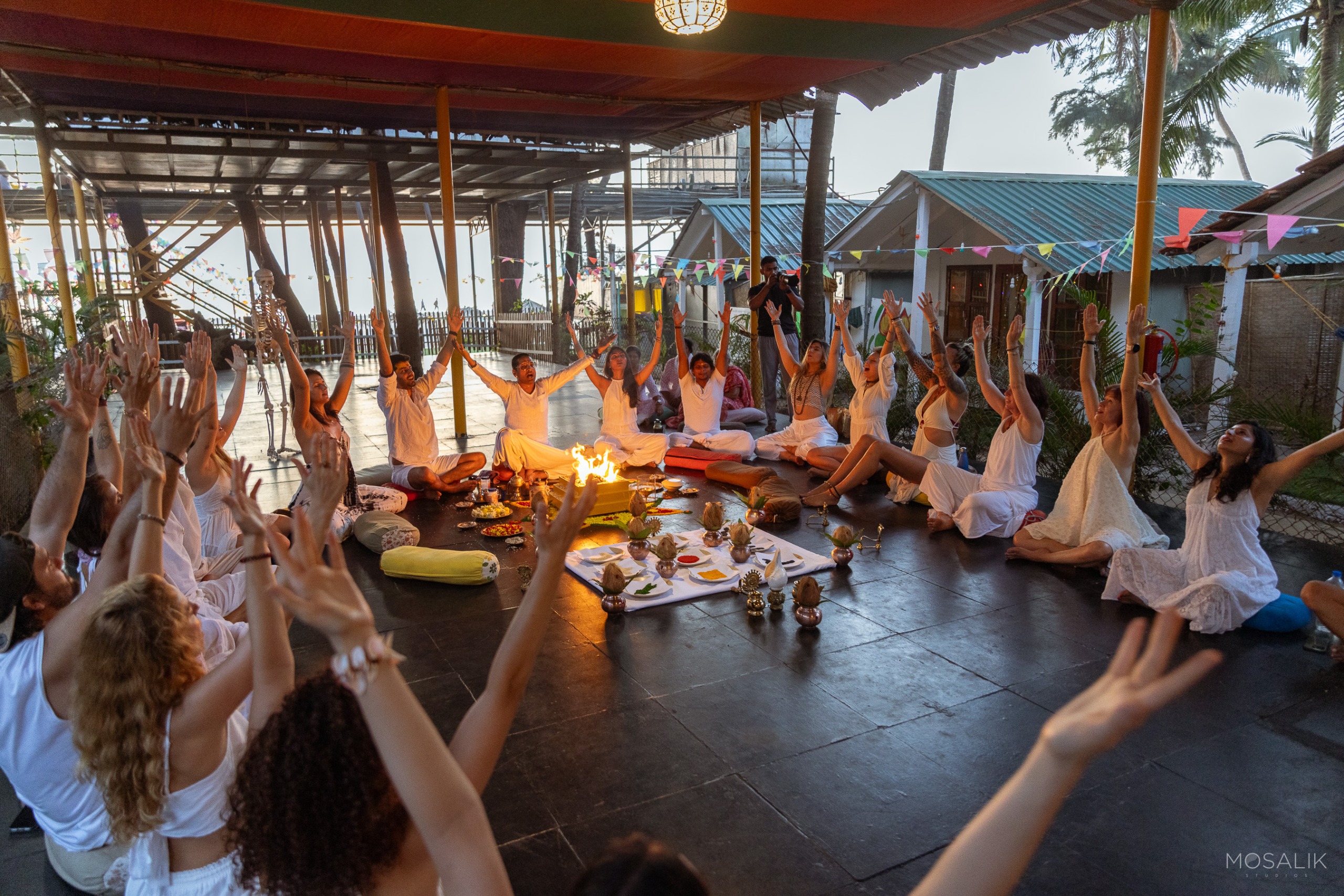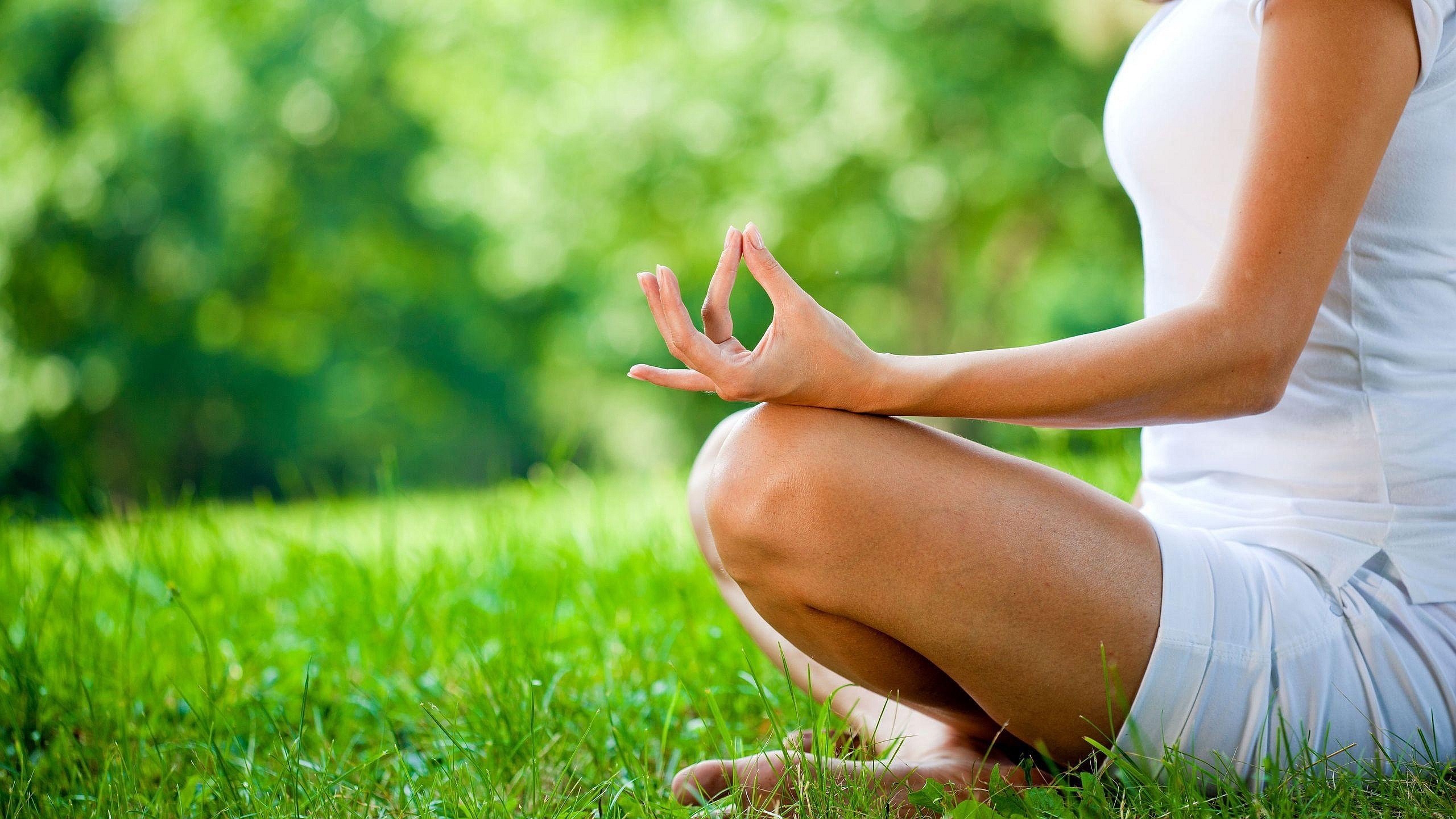Today we’re going to look at some common types of yoga and understand the key differences between these physical practices.
Let’s start with Ashtanga yoga, which is what Kranti Yoga Tradition originally started with 17 years ago. Ashtanga is broken down into six different series (Primary, Intermediate, and four Advanced). Each series builds upon the strength and flexibility created before it and has a set sequence of postures which each begins with Surya Namaskars. It was made popular by Sri K Pattabhi Jois and the main benefits of practicing Ashtanga consistently are cultivating discipline and monitoring progress. It is one of the most vigorous types of yoga.
Hand in hand with Ashtanga is Mysore-style yoga. Mysore style is where students practice (usually the Ashtanga series) at their own pace with their own breath. Students come together to share space to practice but there is no one leading or dictating, though there may be a few teachers around to offer adjustments as you practice.
Hatha Yoga (Hatha which also translates more generally to any form of physical asana practice) is another type of yoga which is most suitable for beginners. Many advanced practitioners also practice and benefit from Hatha, because the pace is slower and we spend more time in each posture. It is typically more gentle than Ashtanga, and less slowly than Vinyasa.
Next we’ve got Vinyasa, a more contemporary style of yoga that incorporates one breath to one movement. 200 Vinyasa Flow classes can very enormously because the structure of a class really depends on the individual yoga teachers style and creativity – making it a nice diverse practice for students. Vinyasa classes might focus on a particular posture, or body part. For example, working toward a sirsasana (headstand) or a heart opening flow. Classes will typically fall between 60 to 90 minutes and will make you sweat!
To complement our yang practices of Ashtanga, Hatha, and Vinyasa we’ve got Yin. In Yin, we focus on relaxation and stillness, holding each posture for 3 to 5 minutes. This is the most passive form of yoga, by which we mean, you are not using strength and energy to hold you in the postures but instead, you focus on relaxing, surrendering, and letting go. This allows the student time to really focus on themselves, internalize the practice, and relax into a meditative state of being.
There are many more different styles of yoga – from Iyengar to Bikram to Kundalini to Karma – but consider that our essential aim when we practice of any type of yoga is to honour the idea of union, however that best resonates with you.



